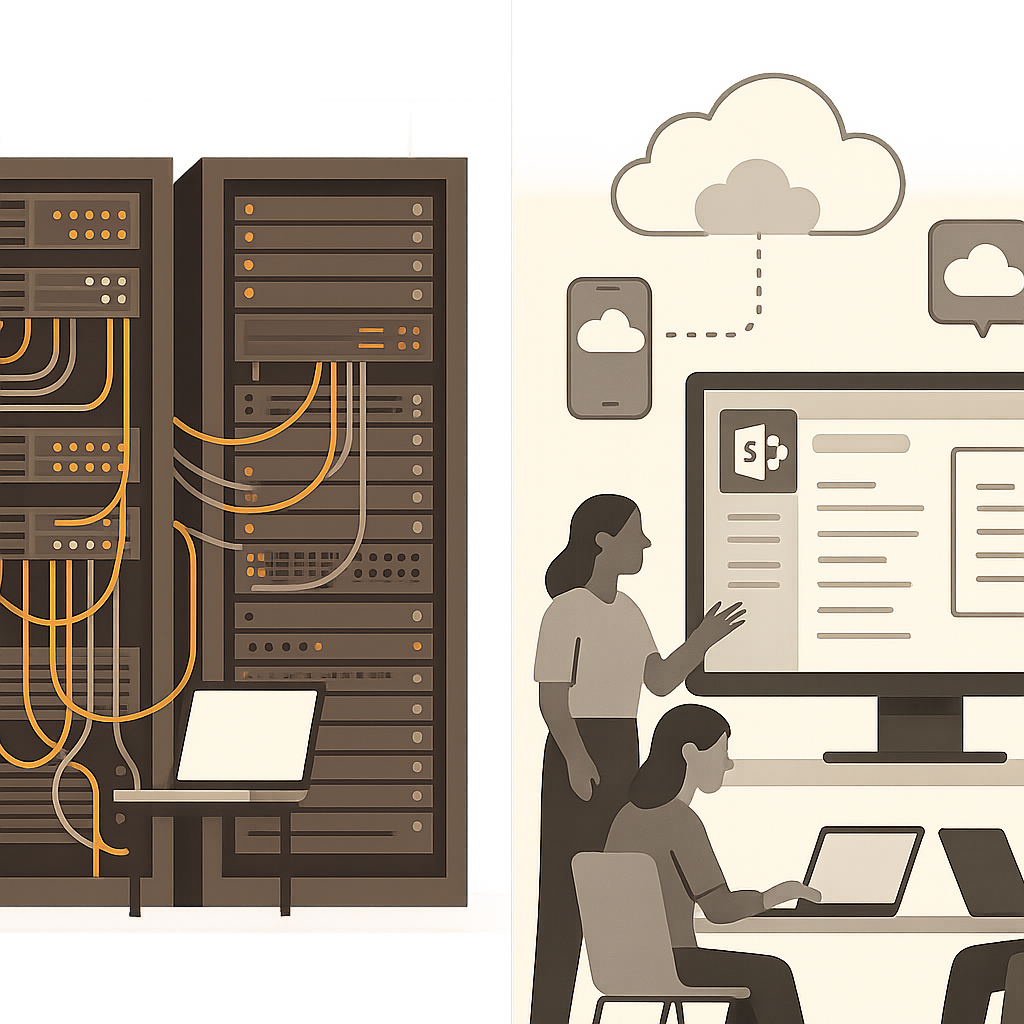A story - Keep the traditional file server, but with a SharePoint-like experience
An advertising marketing company has about 60 employees with 6 TB of data. They have a main file server located in the main office. The file server is used as a large repository. They do a lot of design and video editing projects. This creates many larger creative files such as Adobe files, video files, and traditional files. SharePoint is another file repository. SharePoint is not ideal. Uploading and downloading large amounts of data between SharePoint and the local file server is cumbersome. They prefer the current traditional file server because of the large amounts of data. The company needs a creative solution for remote work and is always looking for something better. They want a solution that works with the current file server and provides better performance for remote access to the file server with SharePoint-like experience.


